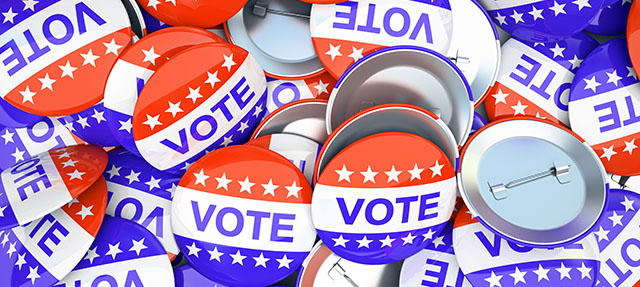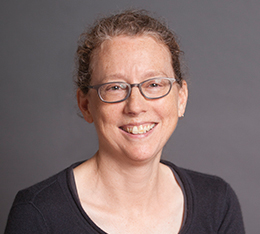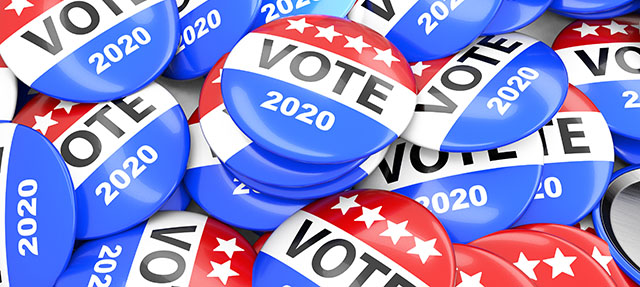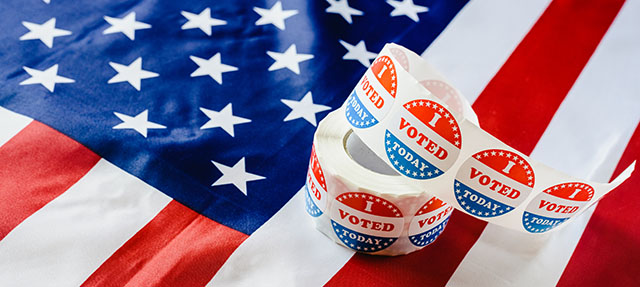As part of our Speaker Series on California’s Future, PPIC is bringing together thought leaders to give Californians a better understanding of the upcoming election.
PPIC is a nonpartisan, nonprofit organization. PPIC does not take or support positions on any ballot measure or on any local, state, or federal legislation, nor does it support, endorse, or oppose any political parties or candidates for public office. The views of our event speakers do not necessarily reflect the views of PPIC.
Just weeks before the highly consequential November election, Politico’s California Playbook reporter Carla Marinucci moderated a lively conversation about the state and national political landscape with four other top journalists: Perry Bacon Jr., senior political writer for FiveThirtyEight; Priya David Clemens, host of KQED Newsroom; Tamara Keith, White House correspondent for National Public Radio; and Jennifer Medina, national political reporter for the New York Times.
In his welcoming remarks, Mark Baldassare noted that “California’s likely voters are anxious about the troubling state of affairs in the nation and state, while partisans are worlds apart about the path to a brighter future.” Channeling Hunter S. Thompson, Priya David Clemens said that among California Democrats “there is fear and loathing—loathing for President Trump and his actions in office, and true fear that 2016 could repeat itself.”
Clemens noted that while Californians have contributed about $100 million to the Biden campaign, the Trump campaign has raised about $60 million in California, which suggests that “conservatives in the state are still super energized.”
“There’s a lot of PTSD about 2016,” Tamara Keith said, “but there are a lot of really big differences.” In 2016, President Trump was an unknown quantity, politically speaking, but now “there aren’t a lot of people who don’t have opinions about him.” Joe Biden—unlike Hillary Clinton—doesn’t generate strong feelings, either pro or con. “He doesn’t need to excite a lot of passion,” she added, “because the passion is so strong about President Trump.”
Jennifer Medina noted that even “basic health and science questions” are now viewed through a partisan lens. The political divide seems to have a stranglehold on the voting public, she said: “The news is constantly changing every few minutes, and the polls have been remarkably consistent.” But the most worrisome thing, for her, is “the stranglehold on what truth is, and what reality is.”
Hyperpartisanship makes it difficult to predict how any given issue or event might affect the November election—whether it’s Republican efforts to confirm a replacement for Ruth Bader Ginsburg, the presidential and vice presidential debates, or the impasse over a second COVID relief package.
Perry Bacon Jr. noted that for most voters, partisanship around racial identity is a driving force: “If you really want to see the electorate shift, have Donald Trump put on a Black Lives Matter tee-shirt and wear it for two days!” More seriously, he stressed the importance of polarized racial views among white voters: “74% of the voters will be non-Hispanic white voters,” he said, so “the difference between white people and other white people” will probably matter most.
What will happen after all the votes have been cast? COVID-19 has heightened the prominence of vote-by-mail ballots, and the president himself has been sowing doubts about the electoral process. Is the media prepared to cover a delayed result? As Keith put it, “If it’s close, it’s going to be a challenging month of misinformation flying wildly, and who the heck knows. But it may not be close.”



